Affiliate links on Android Authority may earn us a commission. Learn more.
Nexus 6 Tips and Tricks!

Ever since Google’s Nexus 6 was announced last year, it’s become one of the most polarizing smartphones ever to be released. In the past, Nexus smartphones have been modest and (mostly) affordable, but the Motorola-made Nexus 6 takes a different stance. It’s big, powerful, and features one of the best Android experiences on the market today.
Related: Best Nexus 6 cases
Looking past its flaws, the sleek design, crisp screen and the promise of timely updates make the Nexus 6 a great purchase. If you’re a recent adopter of the handset, we’ll help you get the most out of your shiny new device. Today, we’ll be taking a quick look at some of our top tips and tricks for the Nexus 6!
Note: A common theme with these tips and tricks is that they may not be specific just to the Nexus 6, with a lot of the new features related to Android 5.0 Lollipop, and will depend on the hardware capabilities of your device.
Tip #1 – It will work on practically any network in the US
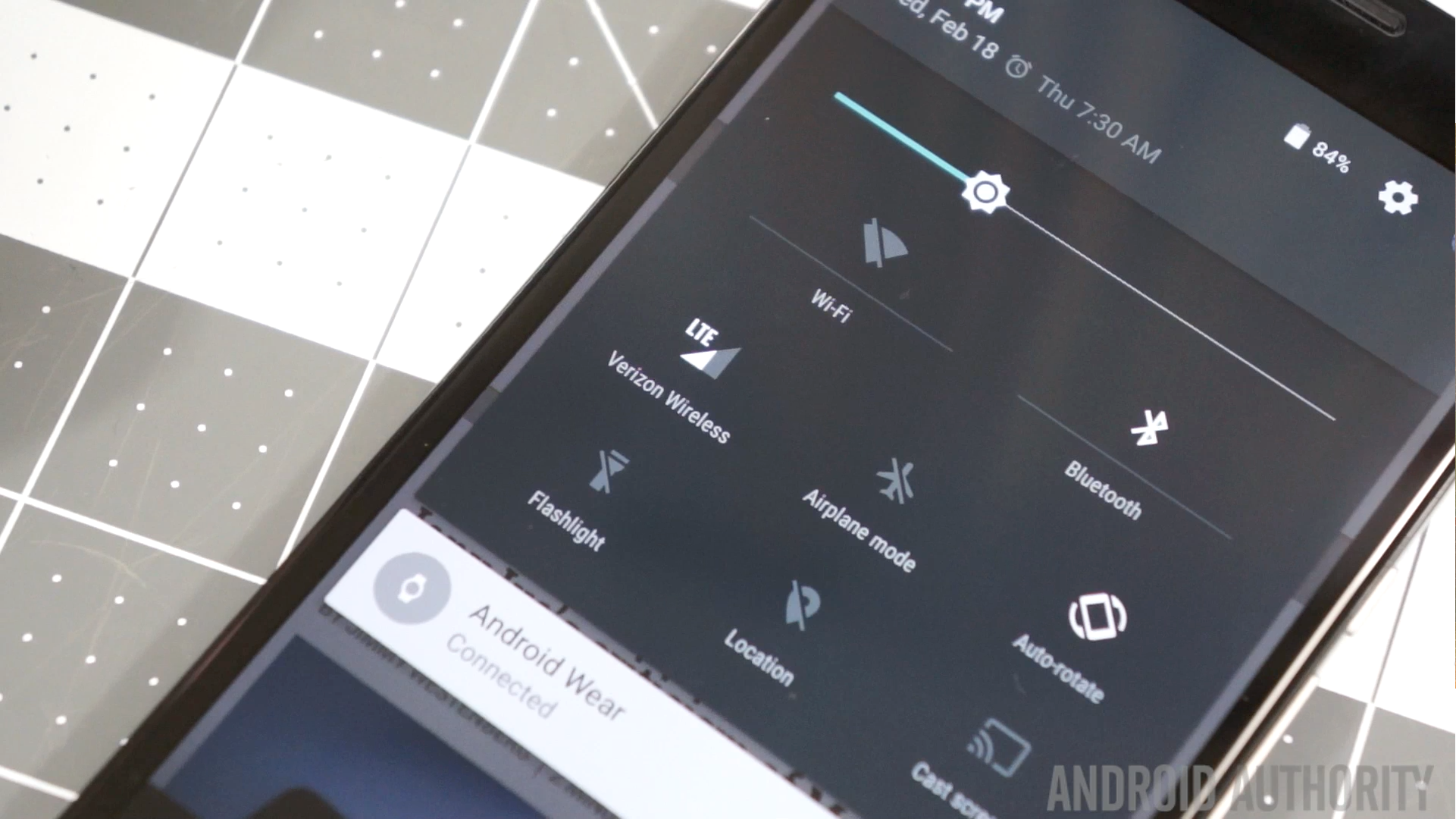
The Nexus 6 comes unlocked directly from Google. While that may a standard for Nexus devices, this one in particular can work on most US mobile carriers. There are only two different SKUs for the Nexus 6: one for North America only and one for the rest of the world. If you managed to pick up the North American model, you’ll get support for GSM bands 850, 900, 1800 and 1900, CDMA bands 0, 1 and 10, WCDMA bands 1, 2, 4, 5 and 8, and support for practically all LTE bands.
This basically means that you can grab an unlocked Nexus 6 straight from Google and pop in a Verizon SIM card (or basically any other mobile carrier’s SIM card) and get full network support right away. And theoretically, if you snagged a device from Verizon and managed to get it unlocked, you could take the device to another carrier and active it, if the carrier permits. One thing to remember, though, is that the Nexus 6 has the capability to move from carrier-to-carrier, but it’s ultimately the carrier’s decision whether or not to allow that.
Tip #2 – Data consumption
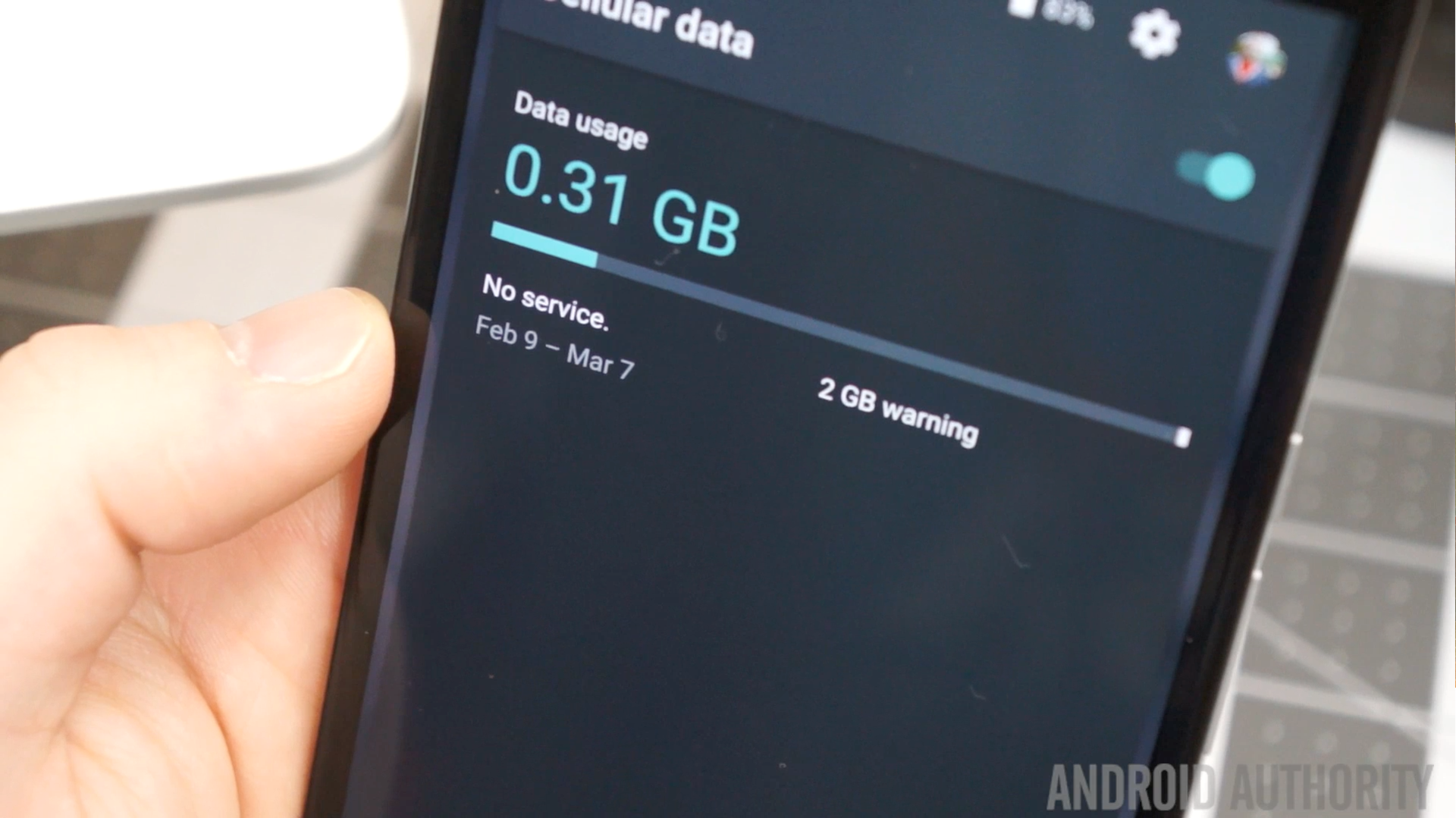
When using a multimedia-centric smartphone with 4G LTE capabilities everyday, it’s very easy to reach your data cap very quickly. The Nexus 6 has a convenient way to easily keep track of data usage. First, head to your notification shade, then pull down once more to get to Quick Settings. Next, tap the Mobile Networks setting icon. It will immediately show you a quick overview of your data consumption. From there, you can access your data settings, set a data limit, and even check out which apps are using the most data.
Tip #3 – Save battery by turning off Ambient Display
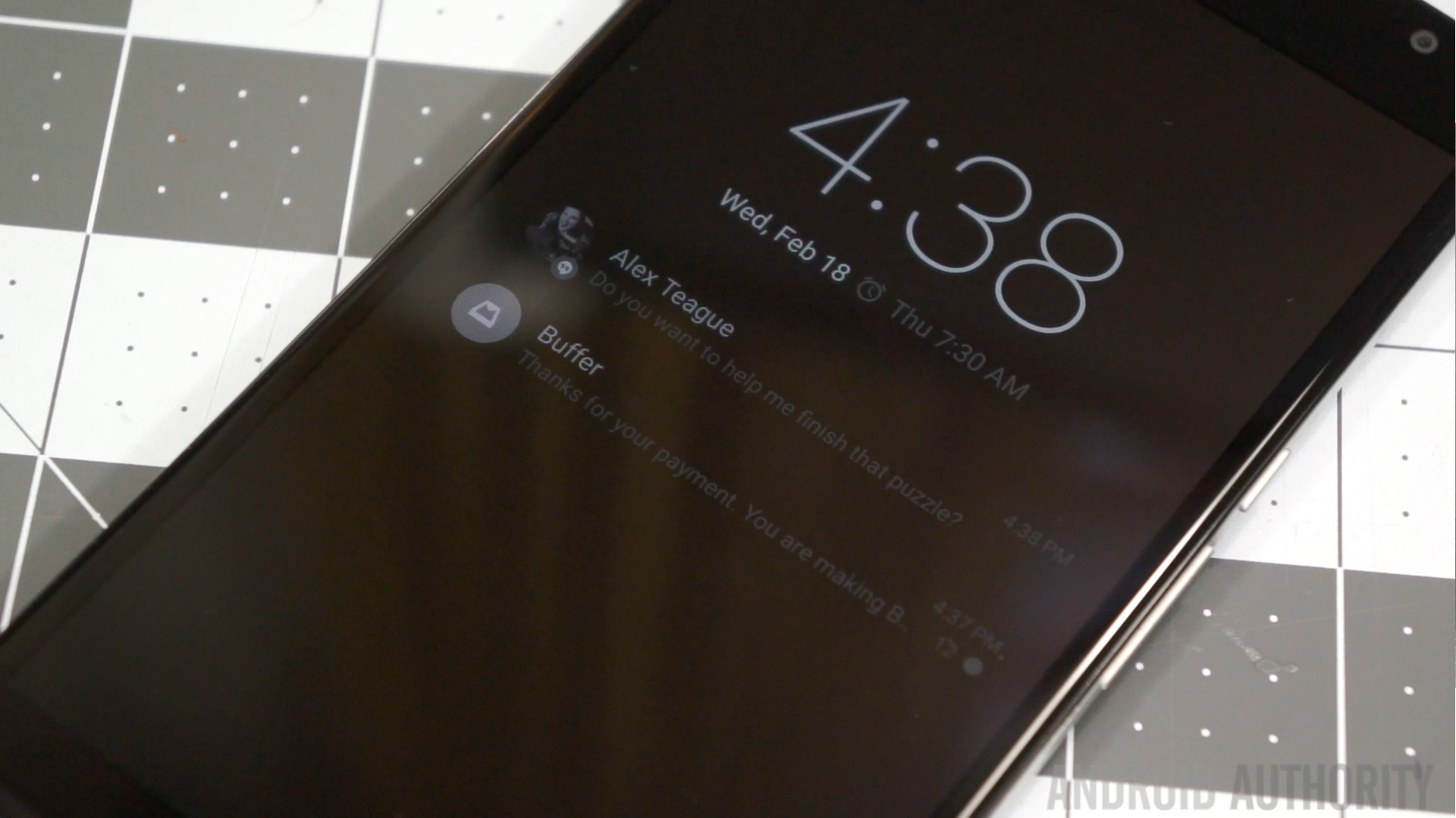
The 3,220mAh cell in the Nexus 6 may be larger than your standard smartphone’s battery, but it’s also powering a giant, 5.96-inch display. Despite the proclaimed one-day battery life, many users still struggle to last an entire day on a single charge. Fortunately, there are some ways to combat that problem. One way is by turning off the Ambient Display mode which pulses a dimmed screen as notifications come in, not unlike Motorola’s own Moto Display feature. Personally, I find the Ambient Display feature to be really helpful, but if you turn it off, Google claims your phone will get an extra 80 hours of standby time.
If you’d like to save a considerable amount of battery life on your Nexus 6, you may want to consider turning off this feature.
Tip #4 – Turbo charger
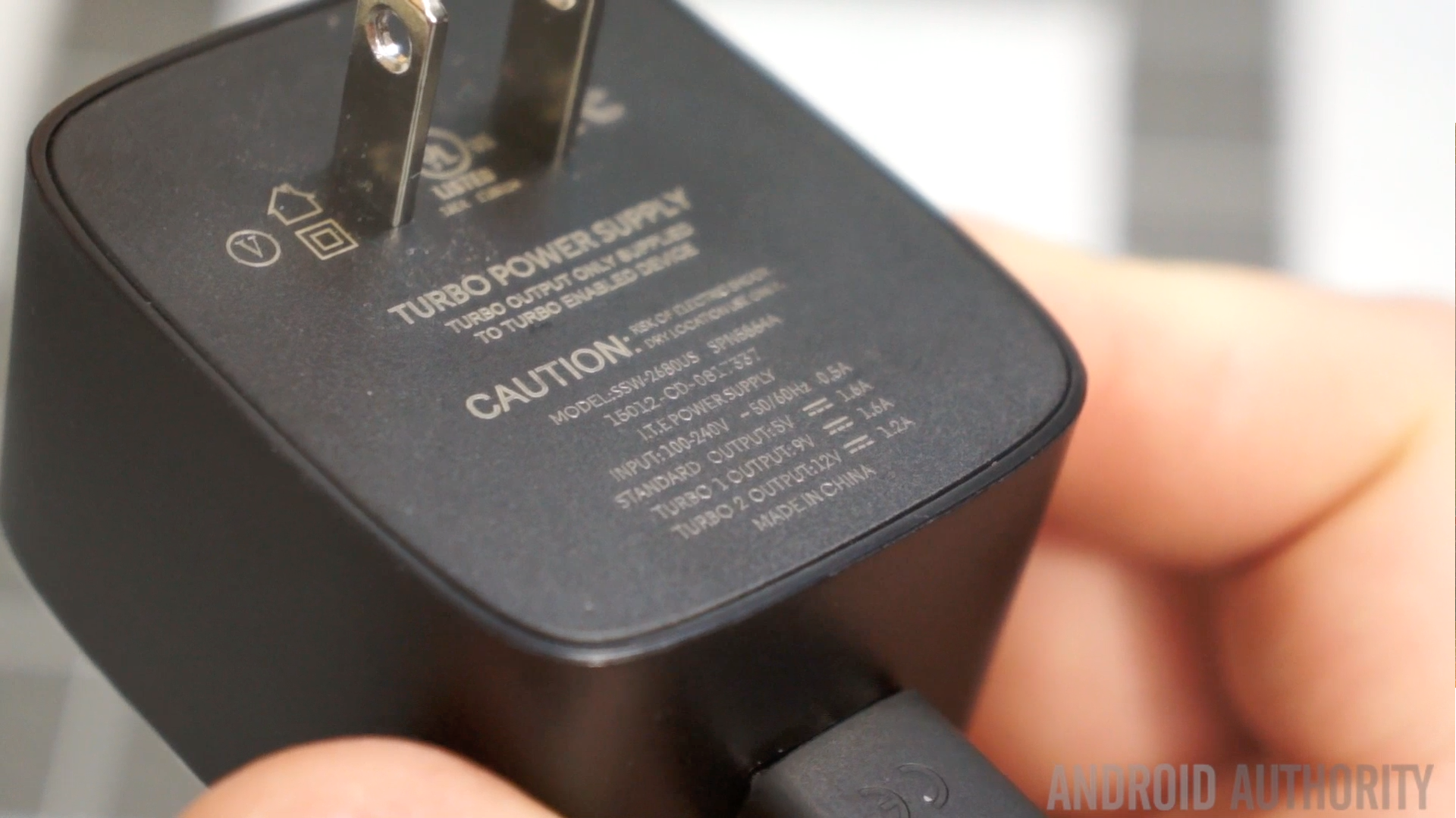
If you’re not one to turn off awesome features to get more stamina out of your device, you might want to keep the charger that comes with the Nexus 6 handy. It’s a Turbo Charger, which is said to get you another six hours of use out of a 15-minute charge. It supplies a whopping 15W and can give you the added boost you need to make it through the day.
The Turbo Charger is definitely worth keeping around, and if you have an extra $35 lying around, it may be worth it to pick up a second one.
Tip #5 – Wireless charging
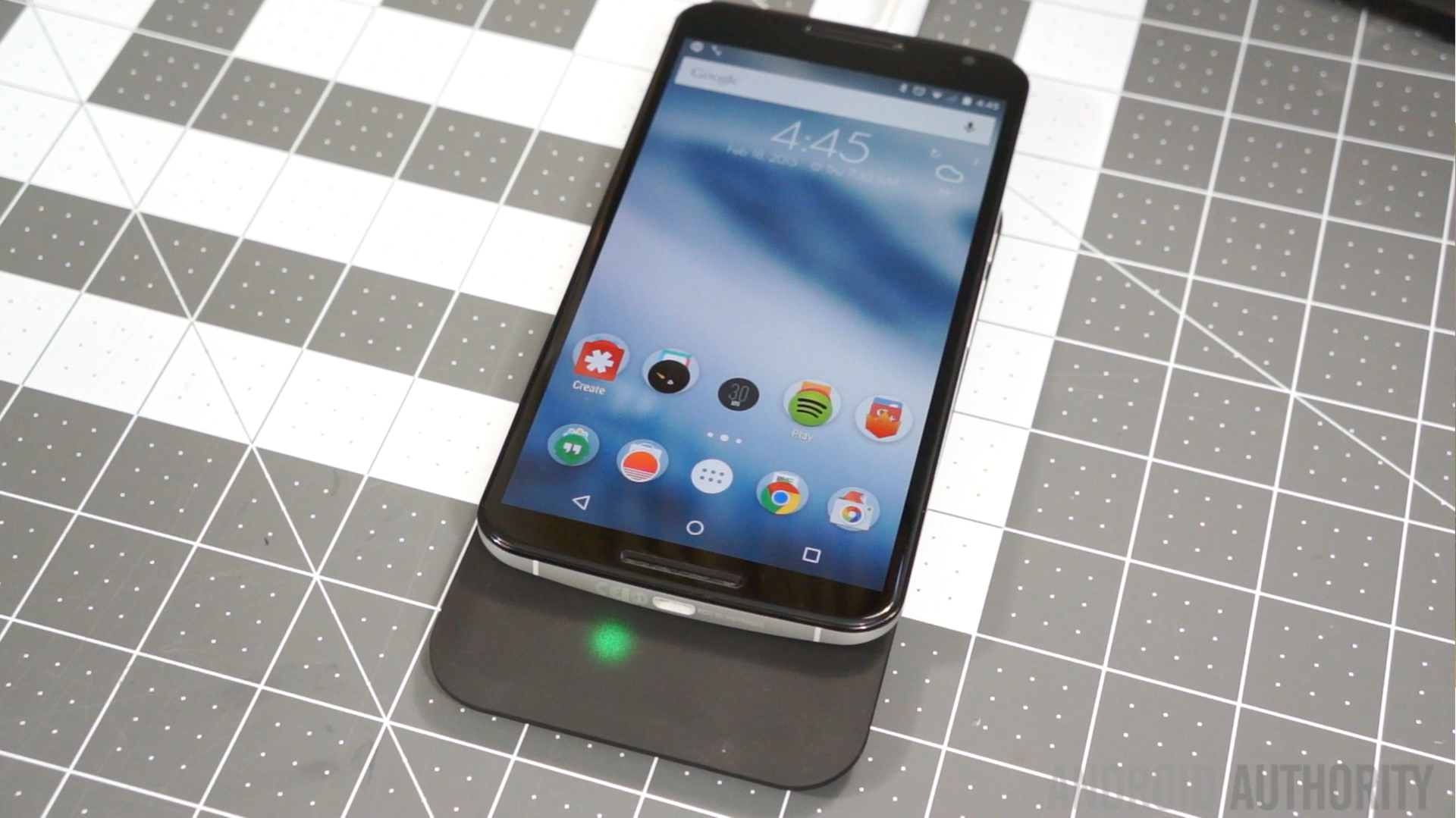
The Nexus 6 has Qi wireless charging capabilities, though that feature was omitted on its original spec sheet. Despite the omission, it is in fact on the device, and offers an easy way to get a supplementary charge while you’re at a desk or bedside table.
Tip #6 – Water resistance
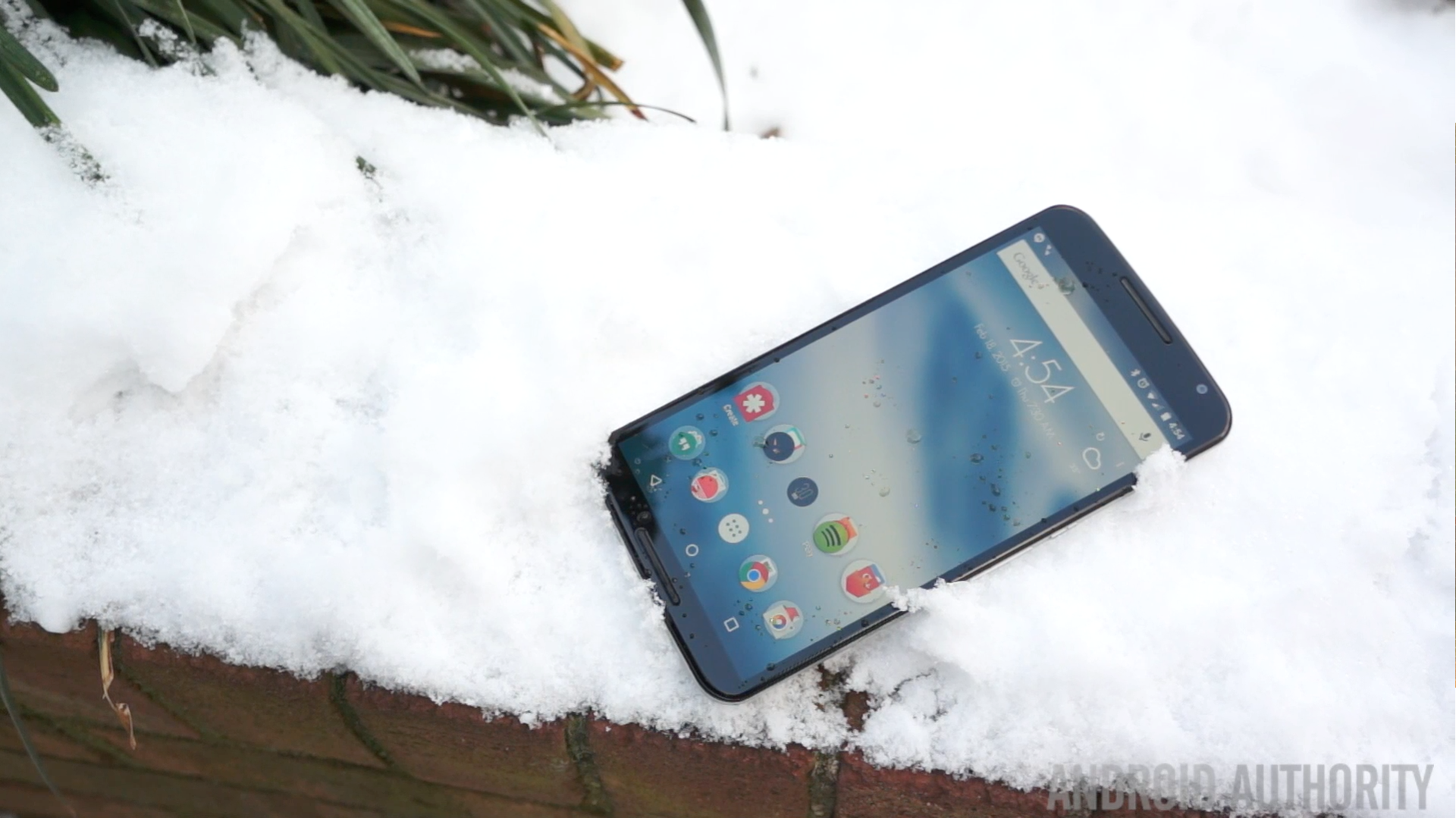
Another feature not originally listed on the spec sheet is the fact that the Nexus 6 is water resistant. Like the Moto X, it features a nano coating that doesn’t necessarily come with an ingress protection rating, but it is at least somewhat protected against the elements.
Tip #7 – Shoot 4K video
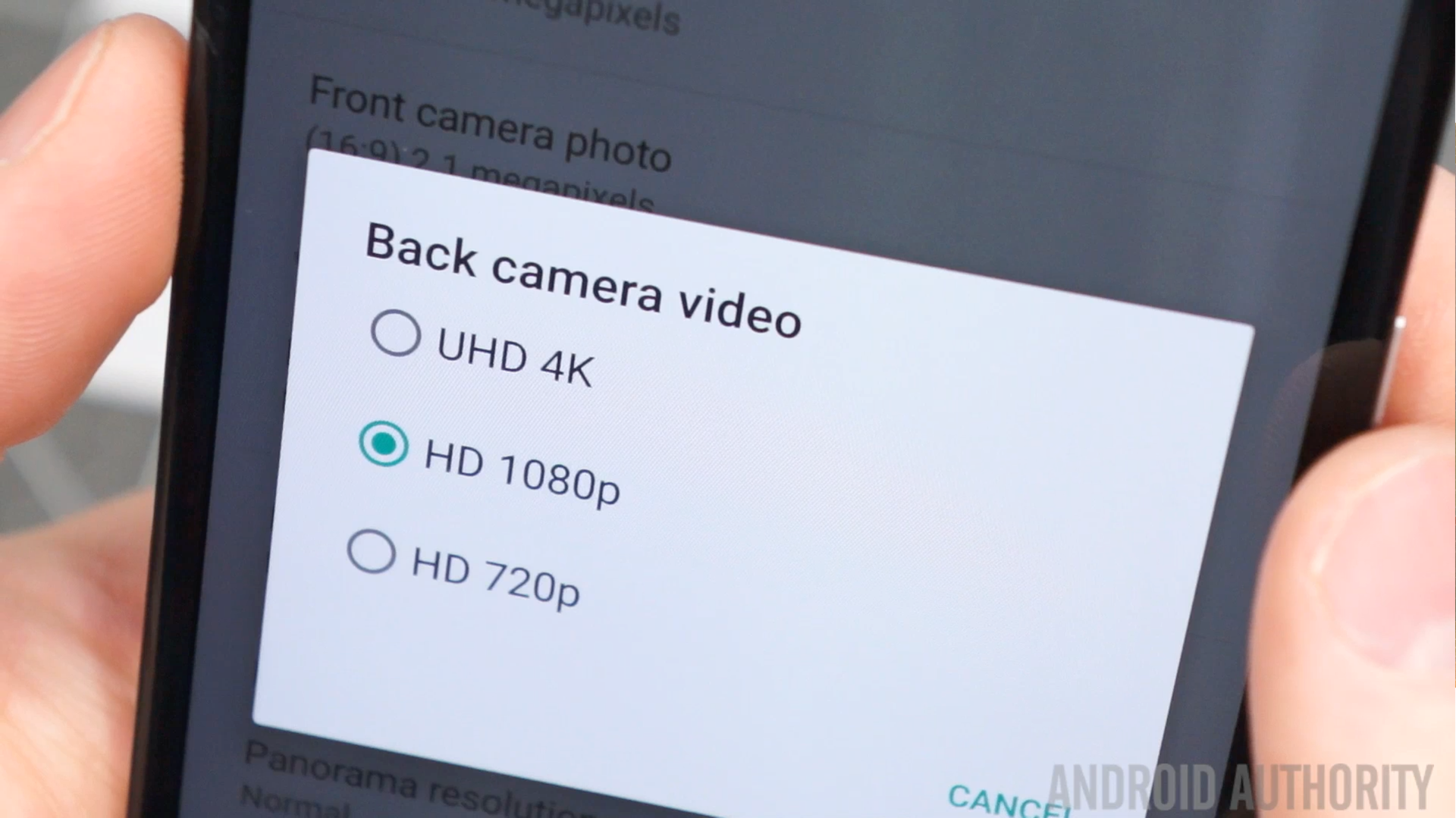
The 13MP rear-facing camera not only means you can take high-resolution images, but also high-resolution video. While it’s not enabled by default, you can enable it by launching the Camera, the choosing Settings>Resolution and quality>Back camera video>UHD 4K.
Tip #8 – Downtime settings
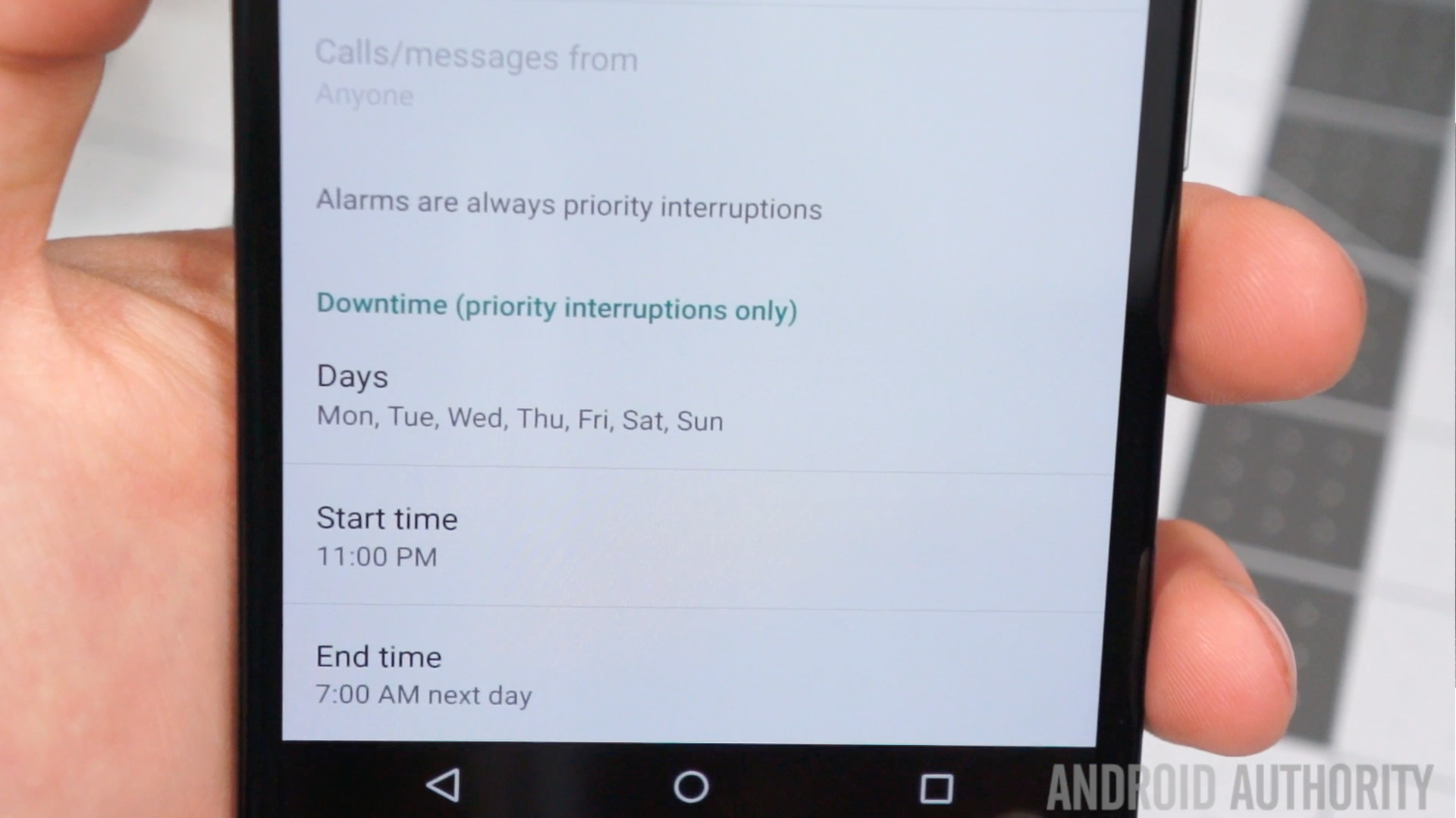
Lollipop’s new notification and sound settings might take some getting used to, but they do come with a really helpful feature called Downtime. It’s basically a ‘Do Not Disturb’ mode that you can put on a set schedule. To set this up, head to Settings>Sound and notification>Interruptions, then head to the bottom of the screen. Here you can schedule Downtime by selecting the days of the week and start and end times.
Tip #9 – Hidden LED notification light
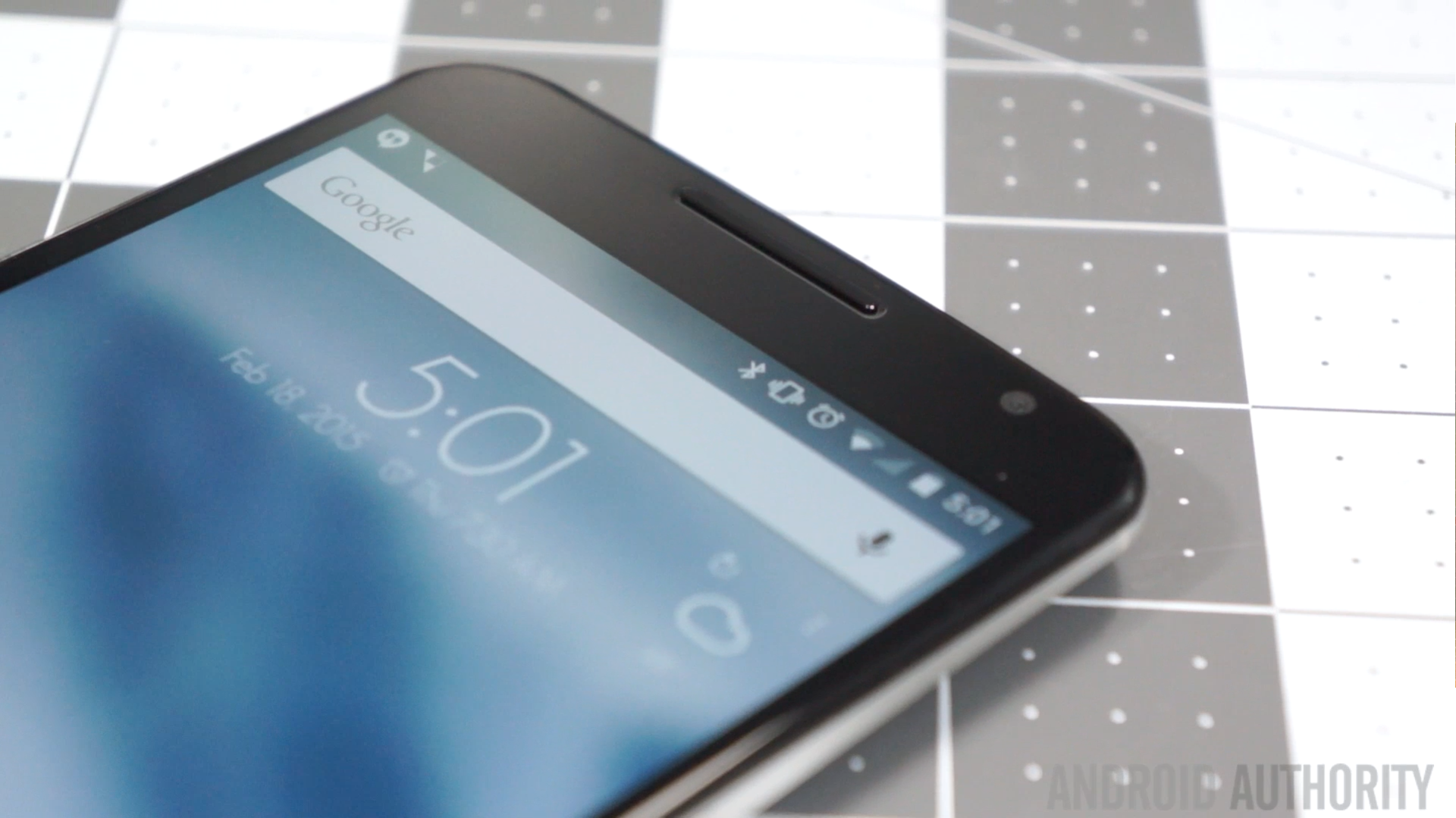
Another lesser-known fact about the Nexus 6? It actually comes with a notification LED. It’s hidden beneath the top earpiece speaker, and is unfortunately turned off by default. But with a little elbow grease and determination, you can get it working. You’ll need to gain root access, then download Light Flow from the Google Play Store. Head to this page for more information on how to go through the steps.
Tip #10 – Numbers row in Google Keyboard
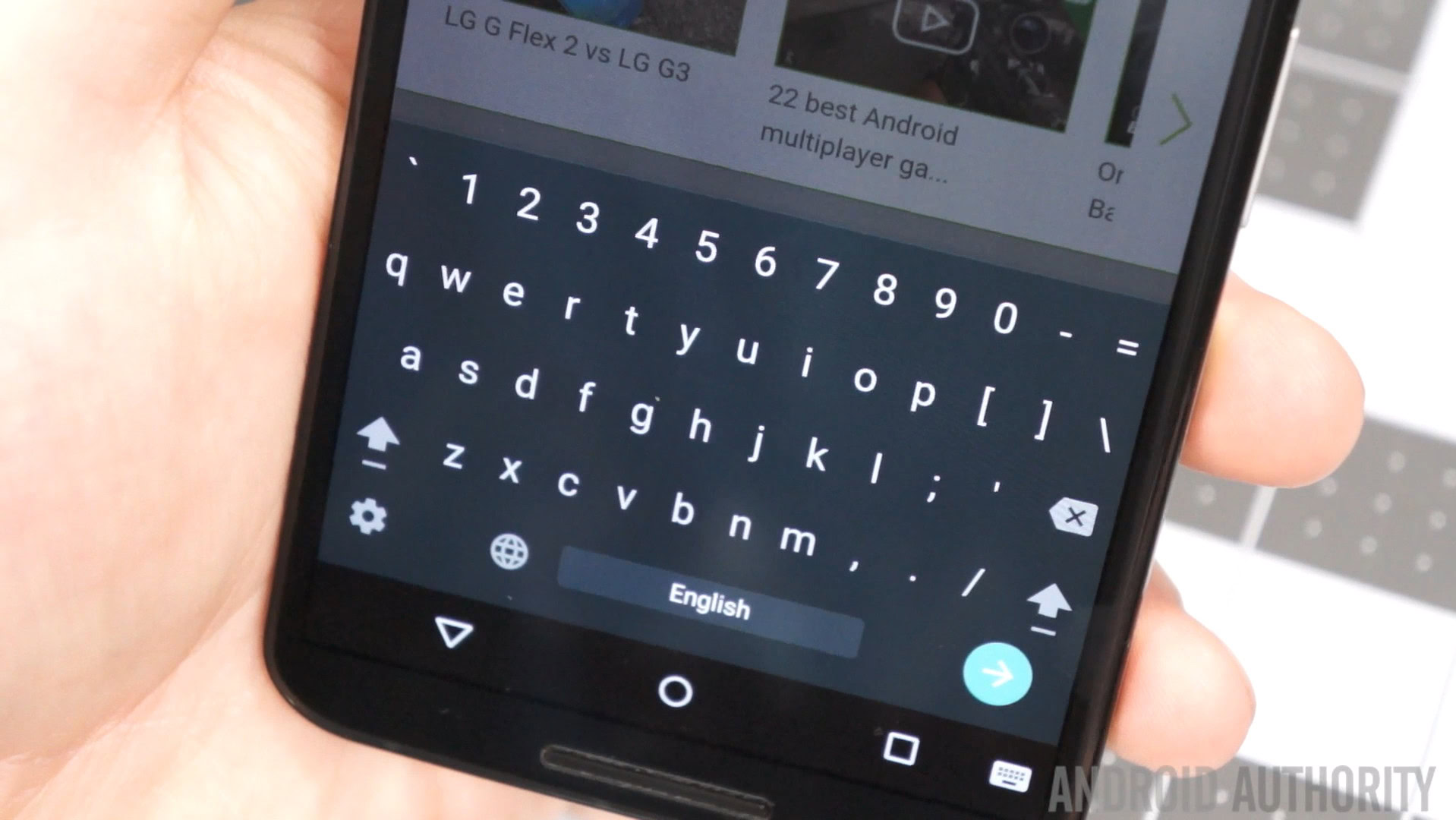
Since the Nexus 6 has such a large display, it makes sense to employ a different keyboard to use some of that extra room. Of course, you can always download a third-party keyboard from Google Play, but there’s also a larger layout built directly into the Google Keyboard.
Long-press the comma key to jump into the keyboard settings, head to ‘Appearance and layouts’, choose ‘Custom input styles’, and add another keyboard. Select ‘PC’ as the keyboard layout, then enable it in the Language settings. The next time your keyboard pops up, tap the globe icon and you will have a keyboard with a dedicated number row. If you aren’t fond of the new number row, switching back to your old keyboard is as simple as pressing the globe key again.
See also:
- Nexus 6 review
- Nexus 6 unboxing and first impressions
- Nexus 6: Camera shootout
- 6 common problems with the Nexus 6 and how to fix them
- Nexus 6 vs iPhone 6 Plus
- Nexus 6 vs Samsung Galaxy Note 4
So, there you have it, some useful tips and tricks to help you get the best experience on your Nexus 6! If there is anything we missed in this video, feel free to let us know in the comment section below!